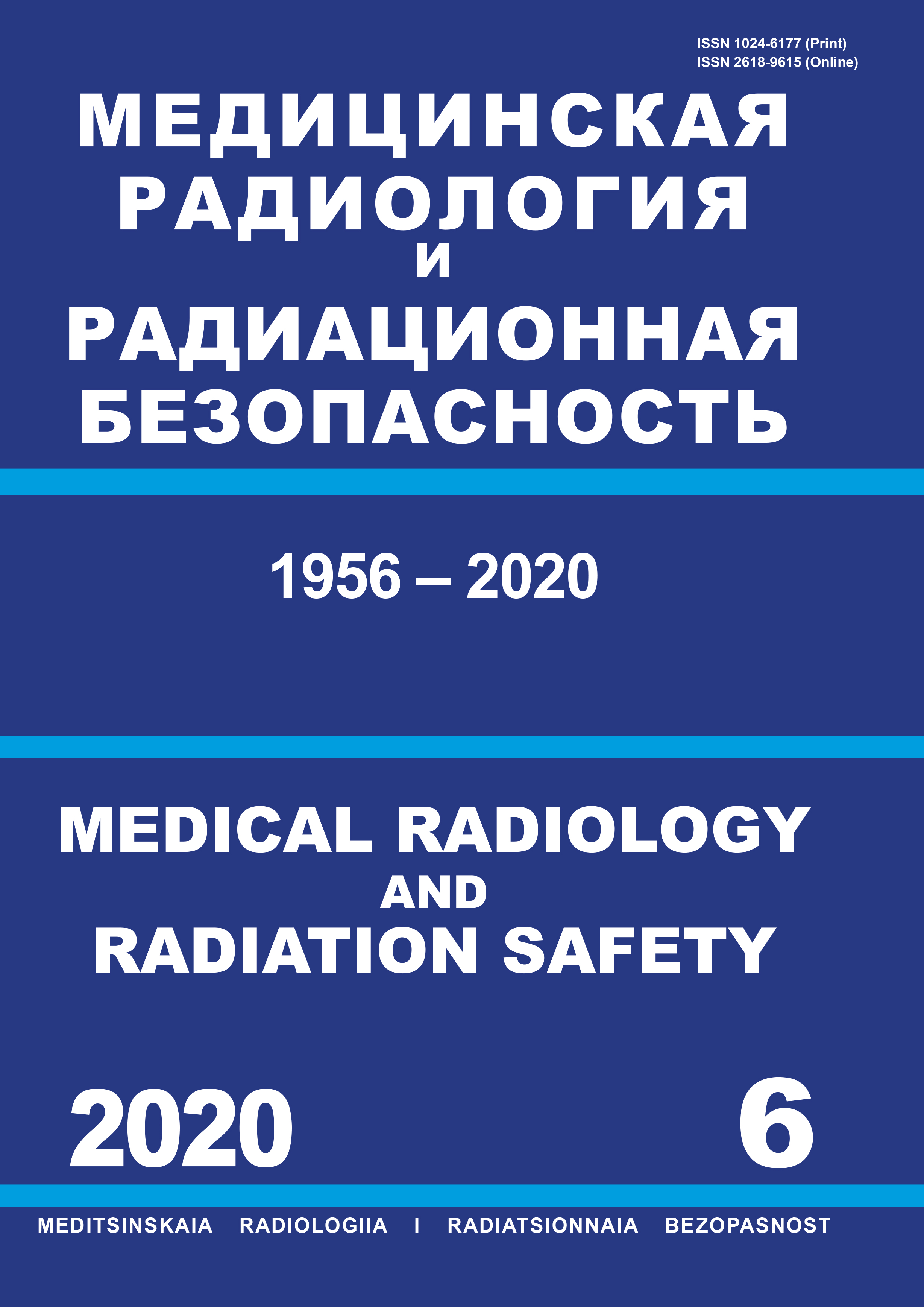Russian Federation
Russian Federation
Purpose: Assessment of the degree of compliance with the principles of radiation safety and regulatory requirements in case of plutonium wounds. Material and methods: Using a wound intake of plutonium by a worker as an example, issues of the formation of the internal dose due to the wound intake and formal comparison of calculated dose values with regulatory requirements are considered. The calculations are carried out using expert analysis of the experimental data on the urine excretion of plutonium during the observation period of 7 years based on the ICRP model for direct intake into blood. In addition, calculations are carried out using prognostic assessment of the same dose values based on the biokinetic model for radionuclide-contaminated wounds published by NCRP Report No 156 together with the above model of the ICRP for plutonium compounds Strong, Colloids, Particles and Fragment. Results: Based on the calculations, possible annual limits on intakes (ALI) of radionuclides in case of plutonium wounds are derived. As criteria for determining the ALI, dose values were taken that due to the uptake of the radionuclide into the systemic circulation from the wound for any calendar year considered for 50 years after the wound intake of selected plutonium compound. Namely, the committed effective dose; the effective dose implemented in a year and the organ annual equivalent dose (to bone surface and liver). Conclusion: Based on the analysis of the above calculations, the authors formulated the formation features of the employee’s internal exposure due to wound intake of plutonium and recommendations for determining the value of plutonium intake in the wound, evaluating the effectiveness of decorporation therapy and determining the type of radionuclide compound. This allows one to more accurately assess the degree of compliance with regulatory requirements and make an informed decision on the necessary measures of medical intervention and their urgency.
: plutonium wound intake, plutonium compound, annual limits on intakesf, committed effective dose, effective dose implemented in a year, organ annual equivalent dose, effectiveness of decorporation therapy
1. Normy radiacionnoy bezopasnosti NRB-99/2009. Gigieni¬cheskie normativy SP 2.6.1.2523-09. M. 2009. 100 s. [Radiation Safety Standards NRB-99/2009. Hygienic standards SP 2.6.1.2523- 09. Moscow. 2009. 100 p. (In Russian)].
2. NCRP Report No. 156. Development of a Biokinetic Model for Radionuclide-Contaminated Wounds and Procedures for Their Assessment, Dosimetry and Treatment. Recommendations of the NATIONAL COUNCIL ON RADIATION PROTECTION AND MEASUREMENTS. 2006. 428 p.
3. ICRP Publication 68. Dose coefficients for intake of radionuclides by workers. Ann. ICRP. 1994; 24 (4).
4. ICRP Publication 130. Occupational Intakes of Radionuclides: Part 1. ICRP. Ann. ICRP. 2015; 44 (2).
5. Kukhta BA, Kononykina NN, Bolshakova LI, Kryuchkov VP. The internal radiation dose estimation for a real case of skin puncture. In:12 International Congress of the International Radiation Protection Association. Full Papers CD.
6. Toohey R.E., Bertelli L., Sugarman S.L., Wiley A.L., Christensen D.M. Dose Coefficients for Intakes of Radionuclides via Contaminated Wounds. Oak Ridge Institute for Science and Education, 2014. 628 p.
7. Normy radiacionnoy bezopasnosti NRB-76/87 i Osnovnye sanitarnye pravila raboty s radioaktivnymi veschestvami i drugimi istochnikami ioniziruyuschih izlucheniy OSP-72/87. - M. 1988. 160 s. [Radiation safety standards NRB-76/87 and Basic sanitary rules for working with radioactive substances and other sources of ionizing radiation OSP-72/87. Moscow. 1988. 160 p. (In Russian)].





